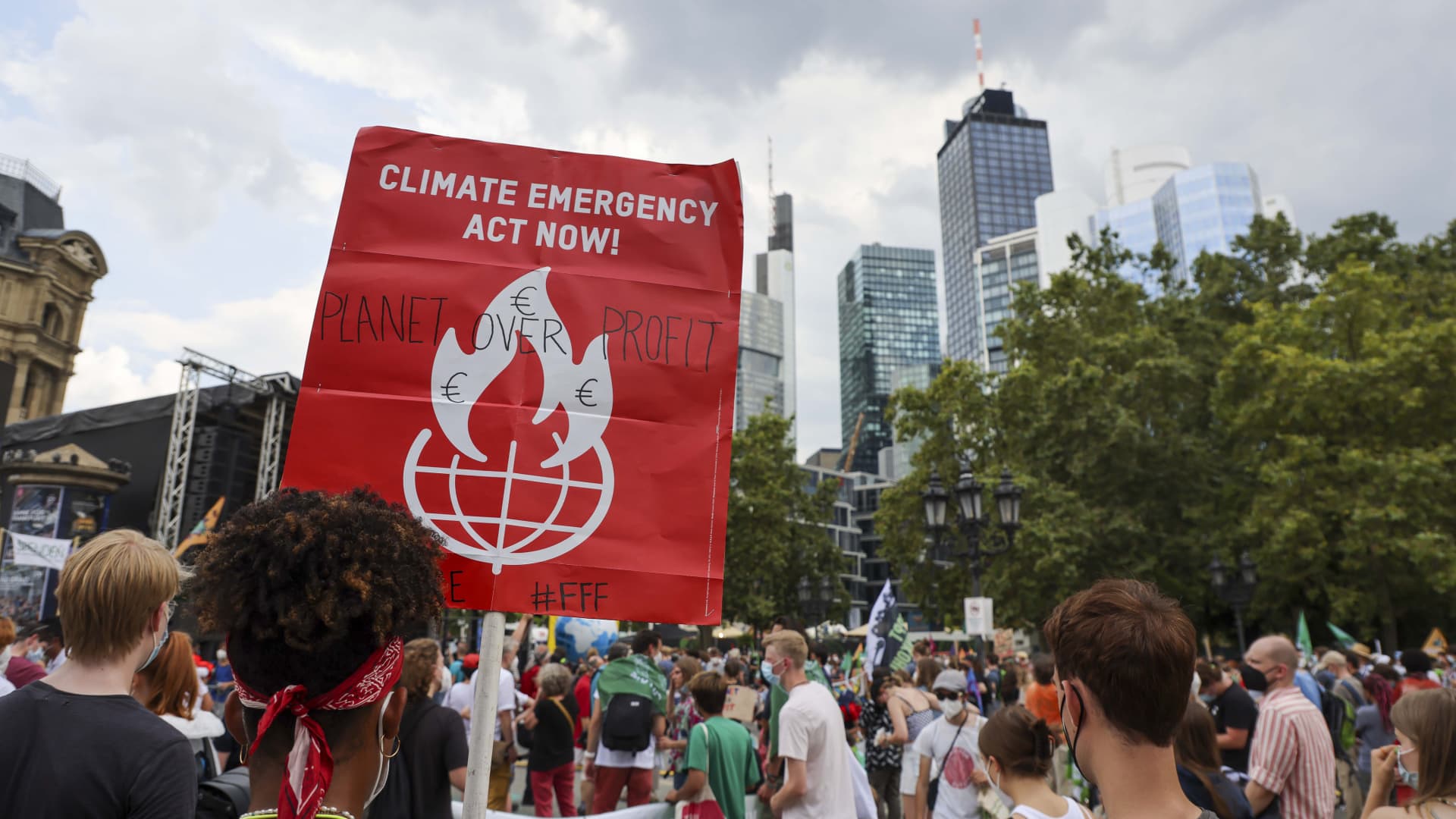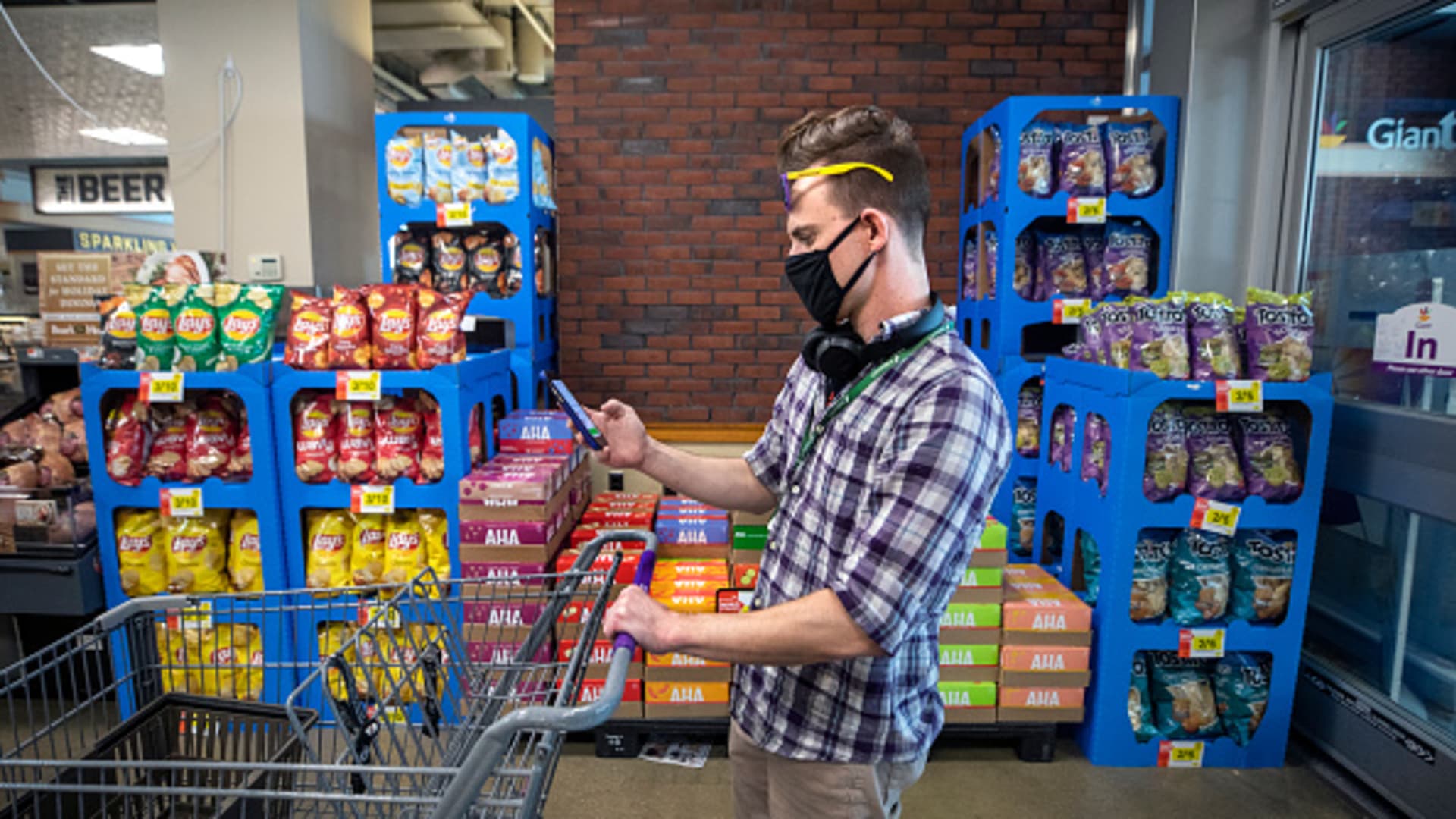Siena in Italy is a city of art and certainly a city of good food. It is also a city of horse racing and the most impressive medieval city in Europe. It is a unique city with many ”faces.” It is located on the Tuscan hills and still retains its glory. It seems as if time in Siena stopped in the 13th century. It was then that the city began to be enriched with an artistic and architectural heritage that consecrated its glory forever.
UNESCO listed Siena on the World Heritage List in 1995 because it preserved important features of its medieval structure. It was described as”a masterpiece of dedication in which the buildings were designed to adapt to the design of the urban structure.” So let’s go admire its sights together and enjoy its traditional gastronomy.
-
Piazza del Campo a Siena
Piazza del Campo in Siena is perhaps the prettiest square in the world. It has a characteristic 9-wedge shell shape, a detail that can only be admired from the top of Torre del Mangia. On July 2nd and August 16th, the Palio di Siena takes place, where it is a competition of horse racing of medieval origin. Today Piazza del Campo is the most famous tourist meeting place for all visitors, and it is full of restaurants and souvenir shops. The square is surrounded by the imposing facades of noble palaces. Something very spectacular is to sit on the territory of the square, admiring the piece of Sky that opens over the square. -
Palazzo Pubblico
This is the City Hall of Siena and is located in the center of Piazza del Campo. It is a palace that was constructed in 1297 to serve as the seat of the Government of the Republic of Siena. Inside the palace, you will admire the magnificent frescoes, which are unusual because they depict secular themes instead of religious themes, which are overwhelming features of Italian art of that time. -
La Torre del Mangia
If you suffer from vertigo, perhaps you should not climb up to the 288 feet of Torre del Mangia; however, you will miss an excellent view. From Piazza del Campo and the cathedral to the distant hills, the view is really amazing. Torre del Mangia is one of the highest buildings in Italy. It was built between 1325 and 1348. According to legends, the stones at the four corners of Torre del Mangia contain lucky coins with engraved Hebrew and Latin letters. -
Museale Santa Maria Della Scala
This place used to be a hospital to support the poor, pilgrims and abandoned children. Today Santa Maria Della Scala, located on Via Francigena a few steps from Siena Cathedral, represents the most important and imposing museum in the city. The museum is capable of satisfying all kinds of tourists with its wide range of exhibitions ranging from archeology to contemporary art. A visit to the museum will be unforgettable. -
Il Duomo di Siena
Siena Cathedral is just a masterpiece. You will be impressed by the exterior of the impressive cathedral in black and white and by the circular stained glass window that dominates the main facade. When you visit its interior, you will be enchanted by the floors, which are full of occult symbols and religious stories. -
Pinacoteca Nazionale di Siena
After Siena Cathedral, you can visit the National Gallery of Siena. All the masterpieces of Sienese art, from its origins to the 16th century, are enclosed in the three floors that make up the National Gallery. From Duccio to Simone Martini, from Lorenzo Lotto to Pietro and Ambrogio Lorenzetti, the rich collection of works housed in Pinacoteca will surely amaze you. -
The gastronomy and traditional dishes of Siena
Siena is a city of ancient flavors, history, and tradition, so it would be an opportunity for you to discover its traditional dishes. Sienese cuisine has its roots in the past and is based on genuine products such as vegetables, legumes, and meats that are skillfully processed into elaborate dishes. There are many typical Sienese dishes to try, such as Siena cheeses with croutons, Sienese ribolita, gnudi, and pici with wild boar ragout. Finally, remember to try the wonderful traditional sweets such as cookies with nuts and candied fruits and Sienese panforte.
























































![Key Metrics for Social Media Marketing [Infographic] Key Metrics for Social Media Marketing [Infographic]](https://www.socialmediatoday.com/imgproxy/nP1lliSbrTbUmhFV6RdAz9qJZFvsstq3IG6orLUMMls/g:ce/rs:fit:770:435/bG9jYWw6Ly8vZGl2ZWltYWdlL3NvY2lhbF9tZWRpYV9yb2lfaW5vZ3JhcGhpYzIucG5n.webp)


















